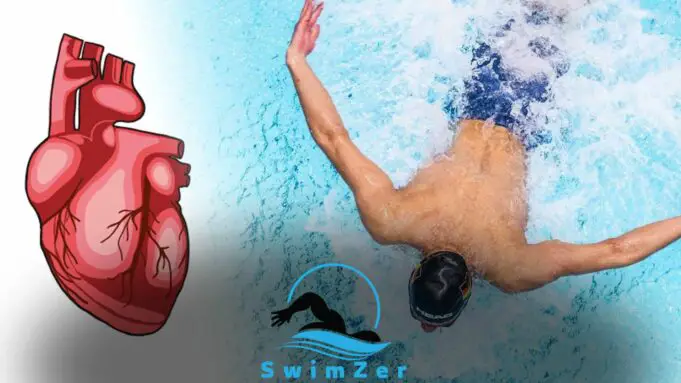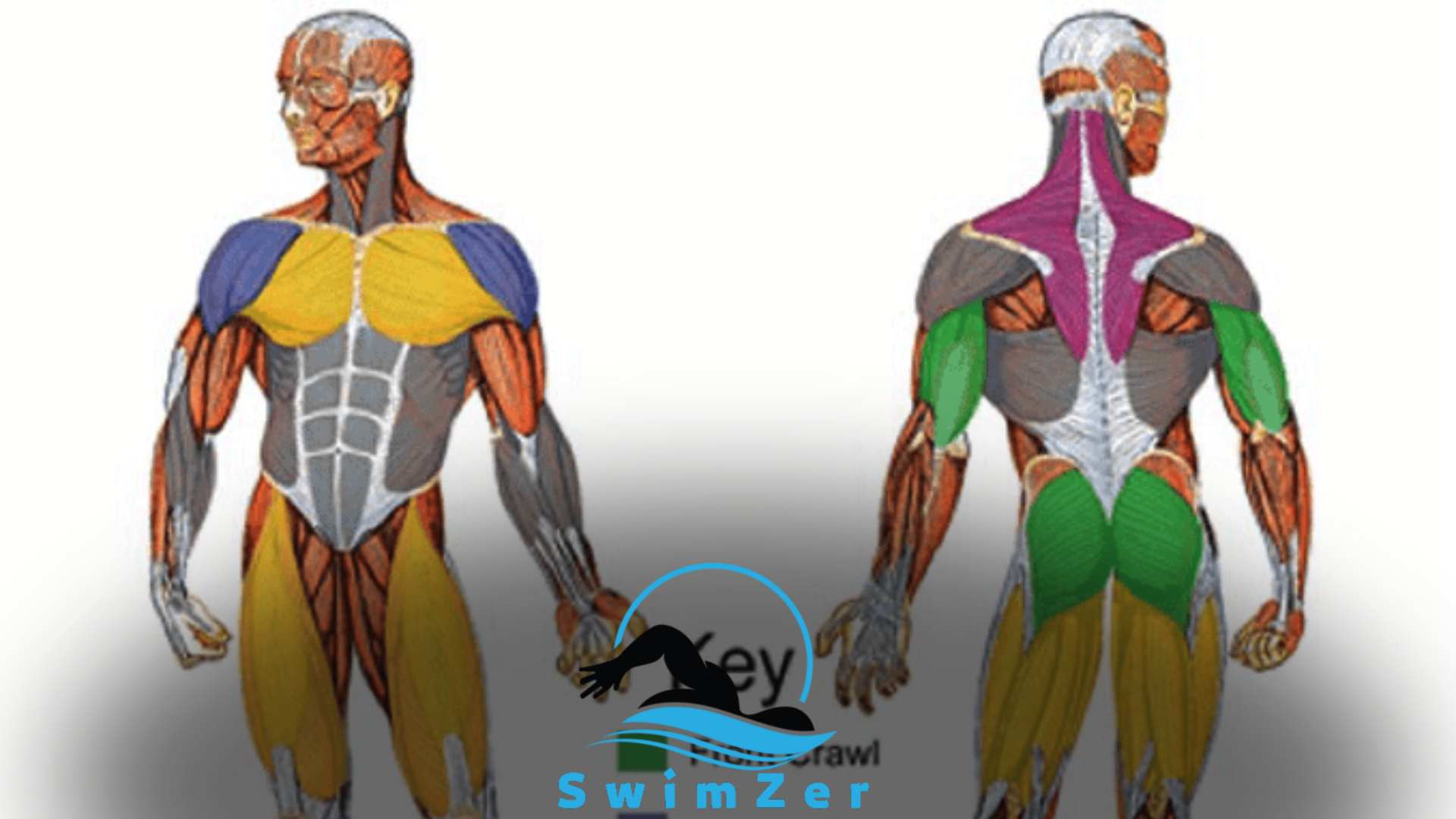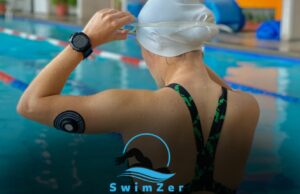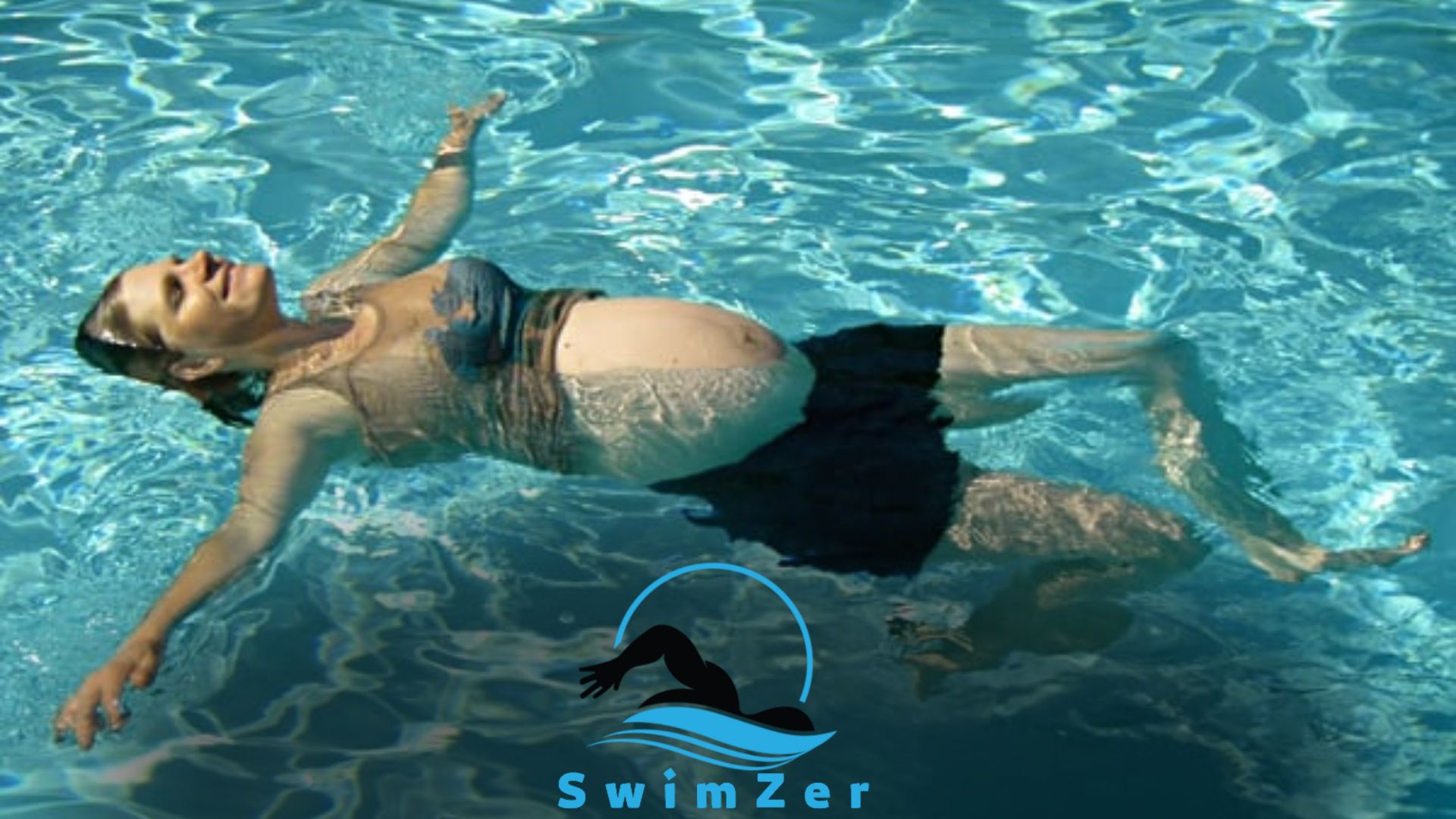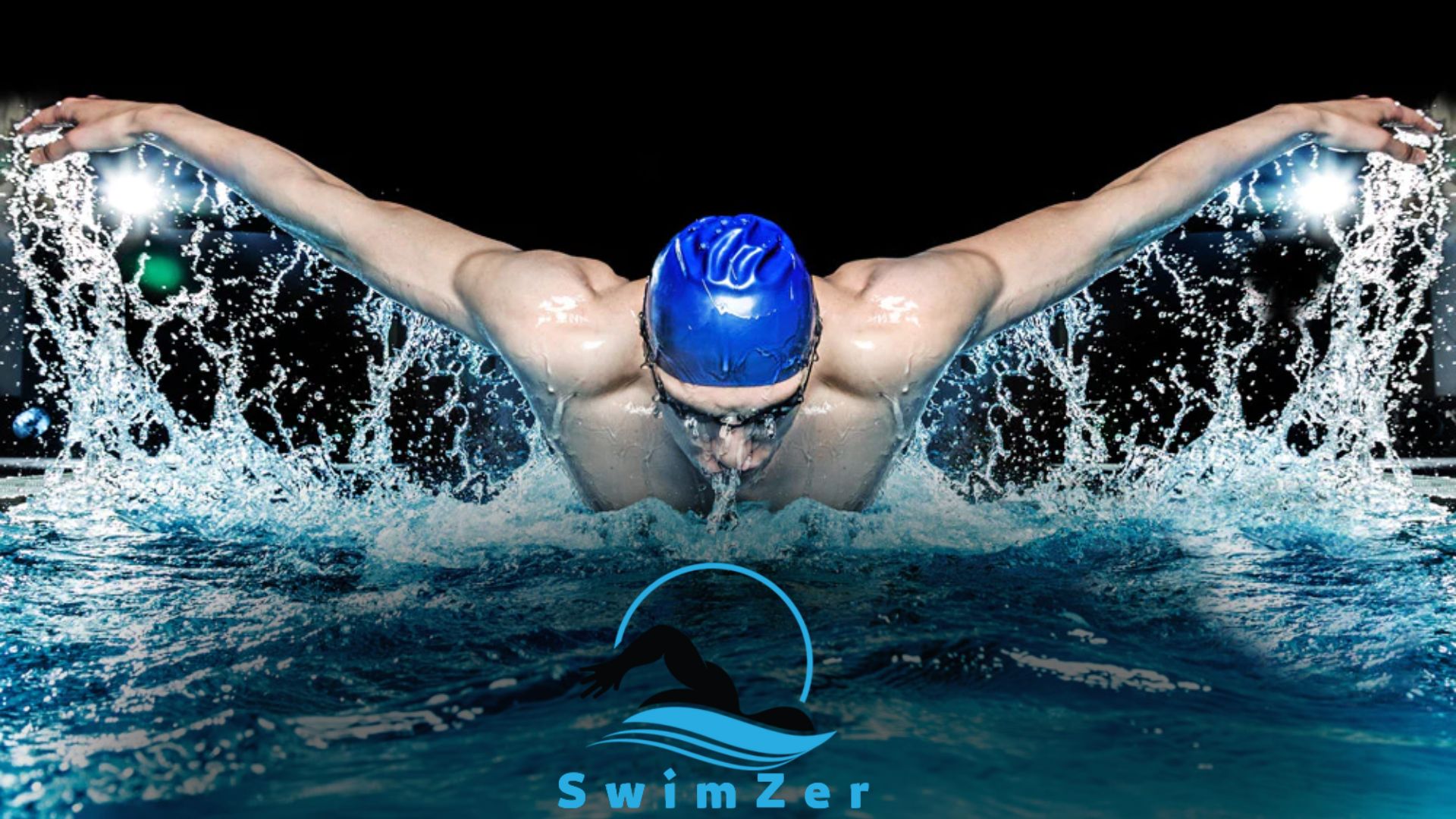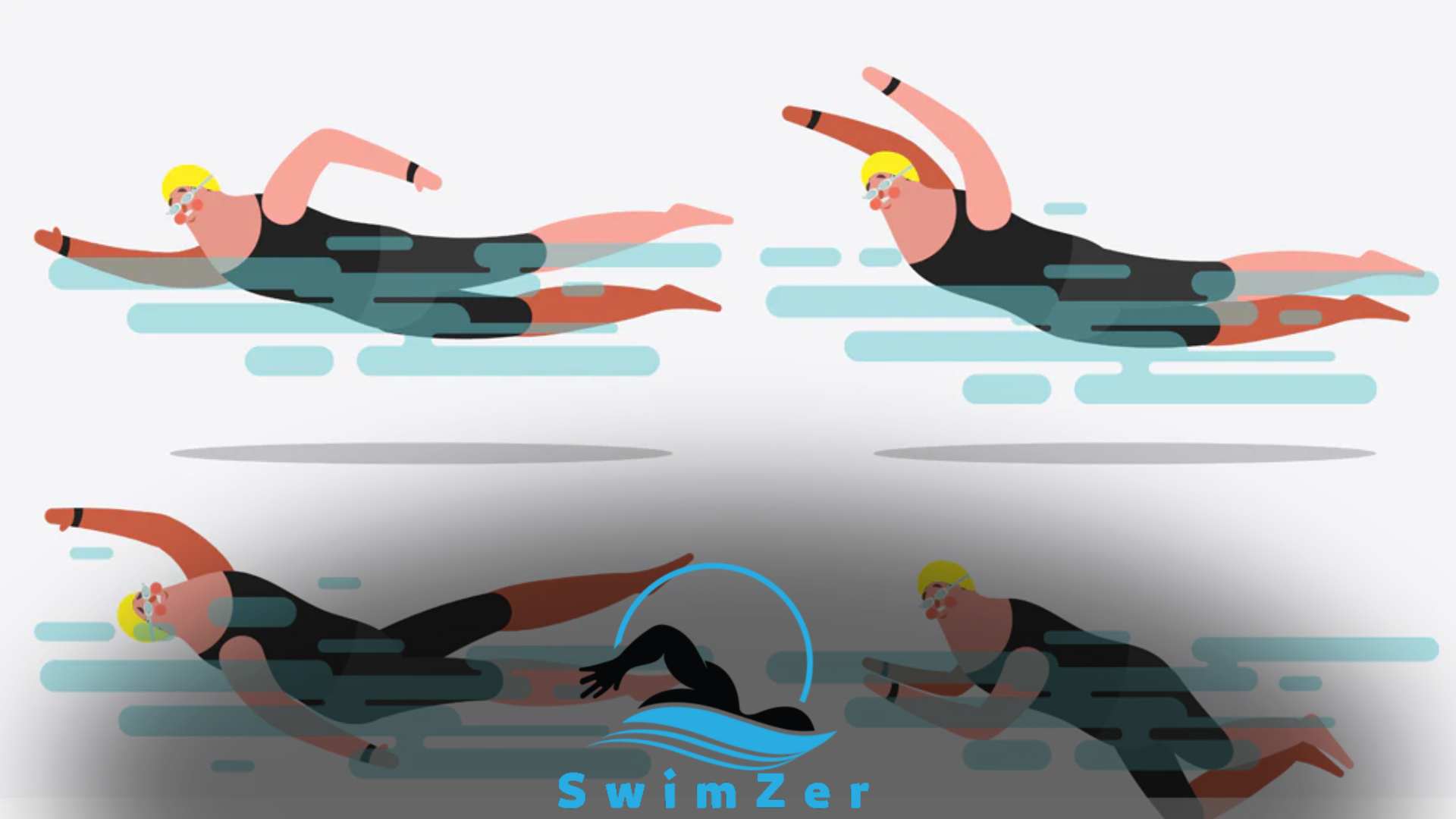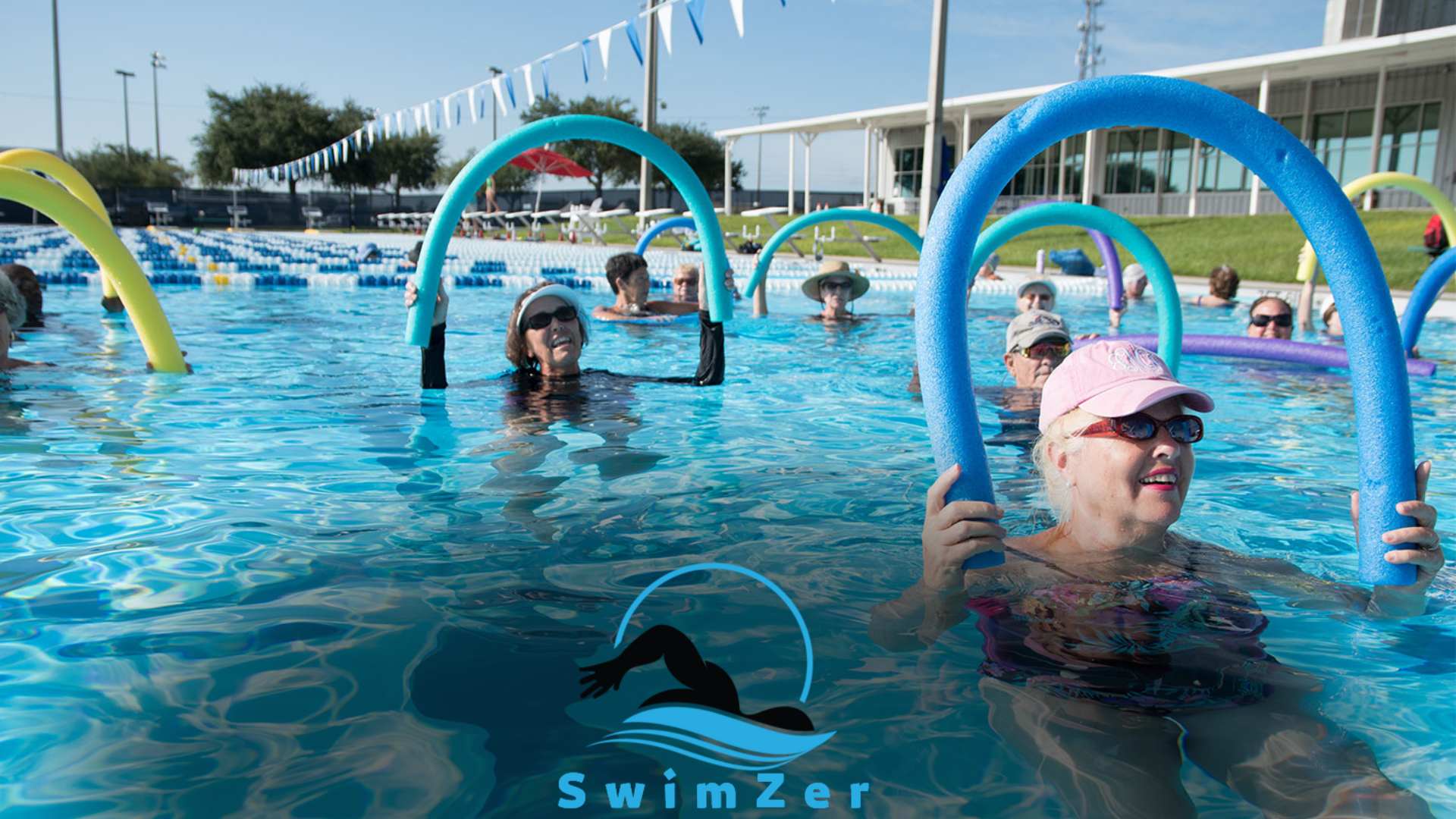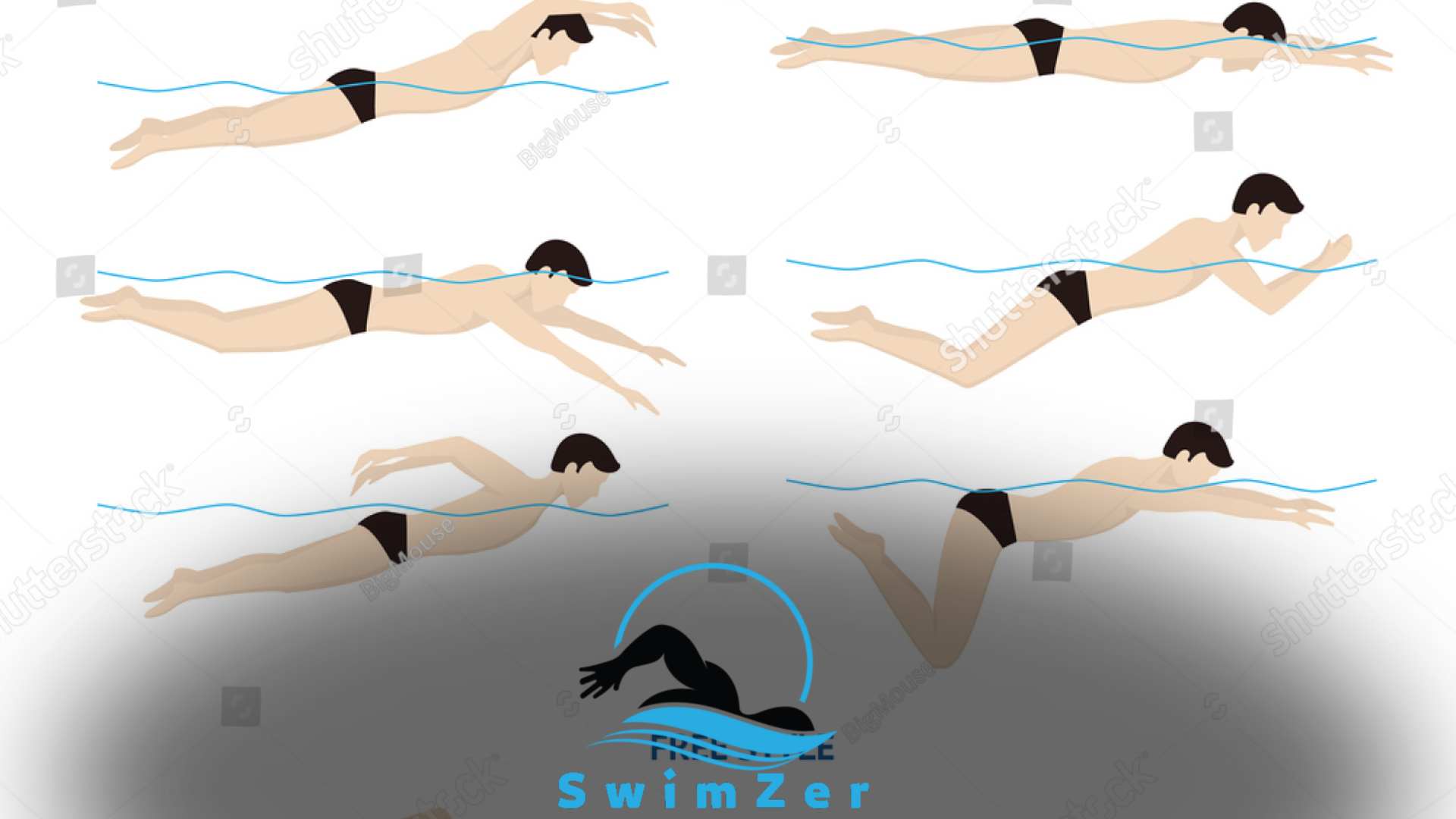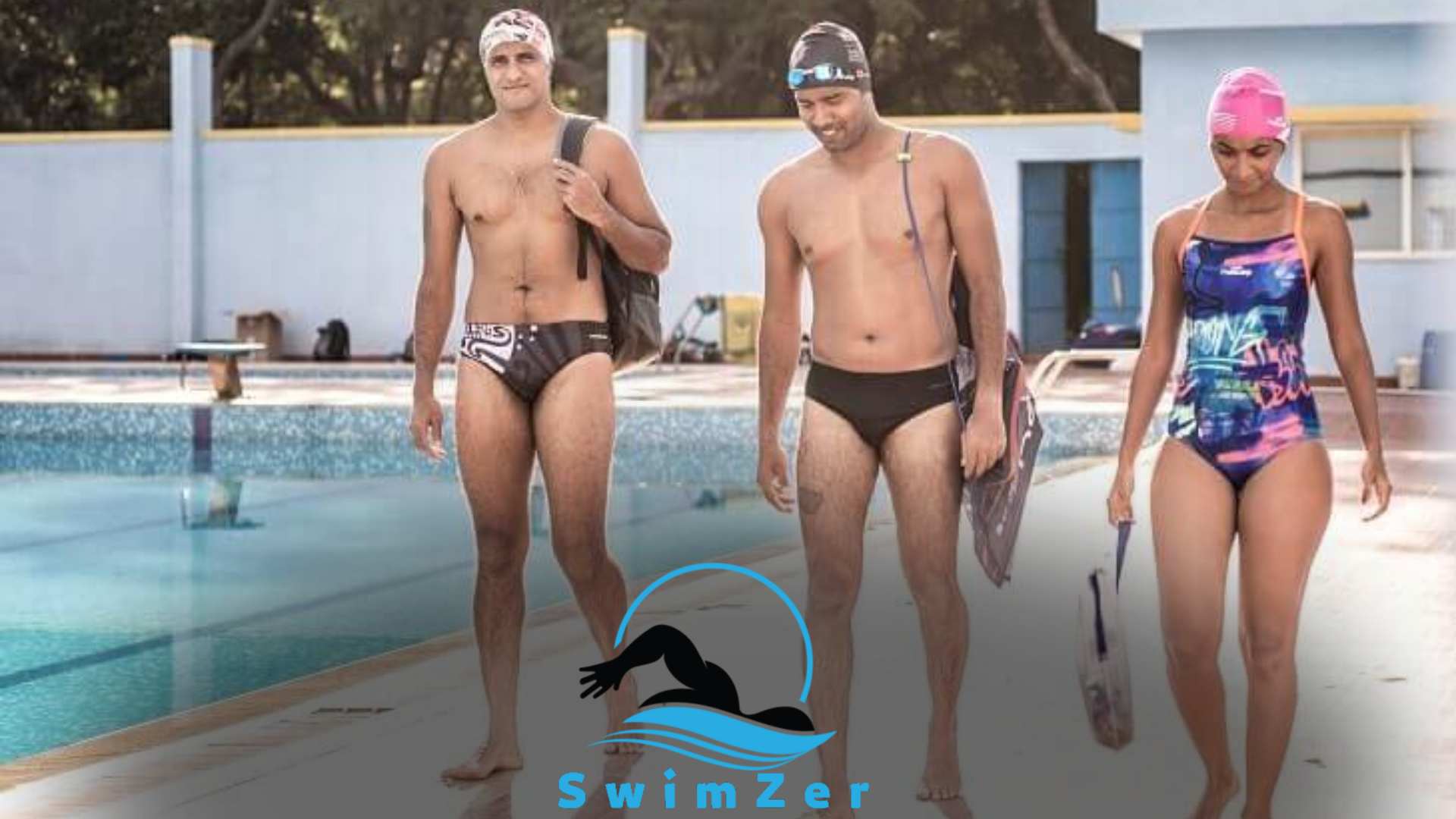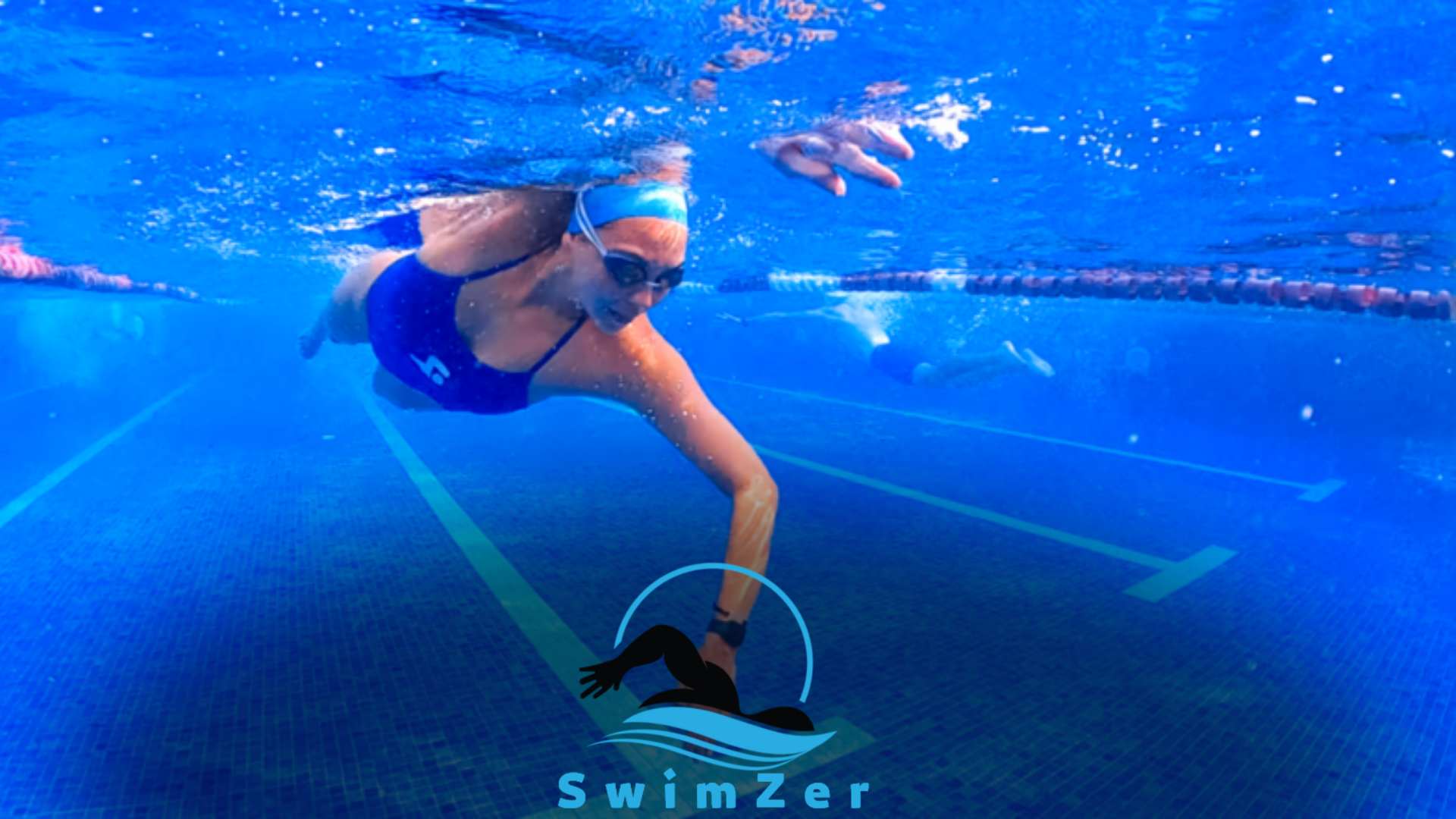Swimming is good for the heart, improving cardiovascular health and strengthening the muscles. Regular swimming reduces the risk of heart disease, lowers blood pressure, and increases overall endurance.
Additionally, swimming improves circulation and lung capacity and decreases inflammation. It is a low-impact exercise that is easy on the joints, making it ideal for people of all ages and fitness levels.
Swimming also helps maintain a healthy weight and manage stress, both essential for heart health.
Whether it’s a leisurely swim or an intense workout, swimming is a fantastic way to keep your heart in great shape.
Is Swimming Good for the Heart Benefits
Swimming is a refreshing and invigorating activity and offers numerous benefits for the heart.
Regular swimming sessions can improve cardiovascular health, enhance heart function, and reduce the risk of heart disease. Let’s delve into the specific benefits of swimming for the heart.
Cardiovascular System Overview
Your cardiovascular system comprises the heart, blood vessels, and blood. Its primary function is transporting oxygen, nutrients, hormones, and other essential substances throughout your body.
A well-functioning cardiovascular system is crucial for overall health and vitality.
Heart Health Indicators
There are various indicators to assess heart health effectively. Key indicators include heart rate, blood pressure, cholesterol levels, and blood flow.
Maintaining optimal levels of these indicators plays a vital role in preventing cardiovascular diseases and maintaining a healthy heart.
Swimming’s Impact on Heart Rate and Blood Flow
Swimming is a cardiovascular exercise that elevates heart rate and improves blood flow. This low-impact activity promotes increased oxygen consumption, making your heart work harder to pump blood throughout the body.
As a result, the heart becomes stronger and more efficient over time.
When you swim regularly, your resting heart rate tends to decrease. This reduction indicates an improvement in cardiovascular fitness. A lower resting heart rate is generally considered a positive sign, indicating a healthier heart.
Moreover, swimming helps to increase blood flow throughout the body. The water’s hydrostatic pressure aids blood circulation and reduces swelling in the extremities.
Improved blood flow ensures the heart receives adequate oxygen and nutrients, supporting health.
Welcome to the swimming world, where your heart can benefit from this enjoyable exercise. Dive in and experience the positive impact that swimming can have on your cardiovascular system!
Swimming Versus Other Cardio Workouts
When it comes to cardiovascular exercise, there are many options to choose from. One popular choice is swimming, a workout that offers numerous benefits for heart health.
In this section, we will compare swimming to other cardio workouts in terms of calorie burn and heart rate data, aerobic vs. anaerobic benefits for heart health, and the impact of swimming on reducing risk factors for heart disease.
Comparing Calorie Burn and Heart Rate Data
Swimming is a low-impact exercise that can help you burn significant calories while being gentle on your joints.
The number of calories burned during swimming depends on various factors, such as the intensity of your stroke, the distance covered, and your body weight.
Research has shown that swimming can burn an average of 500-700 calories per hour. This makes it comparable to other cardio exercises like running or cycling, which also burn a similar number of calories within the same time frame.
Regarding heart rate data, swimming can elevate your heart rate to a level that provides an effective cardiovascular workout.
It works different muscle groups simultaneously, including the arms, legs, and core, which helps increase heart rate and improve overall cardiovascular fitness.
Aerobic vs. Anaerobic Benefits for Heart Health
Engaging in aerobic exercises like swimming can remarkably benefit heart health. Aerobic exercise increases the efficiency of your heart and lungs, improving their ability to deliver oxygen to the muscles and organs.
Swimming utilizes the large muscle groups of your body, which requires significant oxygen consumption, making it an excellent choice for aerobic conditioning.
On the other hand, anaerobic exercises, like weightlifting or sprinting, focus more on short bursts of intense activity.
Though they can also benefit heart health in different ways, the sustained and rhythmic nature of swimming offers unique cardiorespiratory fitness and endurance advantages.
Risk Factors for Heart Disease and How Swimming Can Reduce Them
Heart disease is a serious concern for many individuals. Luckily, swimming can help reduce several risk factors associated with cardiovascular problems.
Regular swimming can lower blood pressure, improve cholesterol levels, and enhance blood circulation.
Furthermore, swimming is a great stress-relieving activity that can improve mental health, reducing stress and anxiety and indirectly impacting heart health.
Overall, swimming offers a comprehensive cardiovascular workout that targets various muscle groups, burns calories, and provides aerobic benefits for the heart.
By incorporating swimming into your fitness routine, you can improve heart health while minimizing the risk factors associated with heart disease.
Understanding Heart Rate in Water
Swimming can be beneficial for the heart as it increases heart rate and improves cardiovascular health. Regular swimming can help strengthen the heart muscles and improve overall cardiovascular endurance.
When it comes to overall health and cardiovascular fitness, incorporating swimming into your exercise routine can have countless benefits.
Swimming is a low-impact activity that works the entire body and provides a unique environment that can greatly affect heart functions.
In this section, we will delve deeper into the effects of aquatic environments on heart rate and explore the cardiovascular benefits of the diving reflex.
Additionally, we will discuss the importance of monitoring heart rate during water exercises to ensure a safe and effective workout.
How Aquatic Environments Affect Heart Functions
Swimming is a highly dynamic activity involving coordination between multiple muscle groups and requires efficient oxygen delivery to the tissues.
The hydrostatic pressure in water puts additional stress on the cardiovascular system, leading to changes in heart rate. When you immerse yourself in water, the hydrostatic pressure evenly distributes throughout your body.
This causes blood volume to return to the heart, which increases stroke volume and cardiac output. As a result, your heart works slightly harder to meet your body’s oxygen demands.
The hydrostatic pressure also promotes venous return, removing metabolic waste products from the muscles. This improves circulation and helps reduce swelling and inflammation, improving heart function overall.
However, it is important to note that individuals with pre-existing cardiovascular conditions should consult their healthcare provider before engaging in water-based exercises to ensure their safety.
Diving Reflex and Its Cardiovascular Benefits
One of the unique cardiovascular benefits of swimming is activating the diving reflex. The diving reflex automatically responds when your face is submerged in cold water.
It is characterized by a decrease in heart rate, constriction of blood vessels in the extremities, and redirection of blood flow to vital organs such as the brain and heart.
This reflex is more pronounced in colder water and can significantly impact heart rate and blood pressure.
The diving reflex is a protective mechanism, conserving oxygen and allowing for prolonged submersion. When activated during swimming, it can contribute to a lower resting heart rate, improved cardiac efficiency, and enhanced cardiovascular health.
It is worth noting that the diving reflex may not be as pronounced in warmer water or during vigorous exercise, as the body prioritizes thermoregulation and oxygen utilization differently in such circumstances.
Monitoring Heart Rate During Water Exercises
Monitoring your heart rate during water exercises is crucial to ensure your swimming workout is safe and effective. Keeping track of your heart rate allows you to gauge your exertion level and adjust accordingly.
There are various methods to monitor heart rate while swimming, including using waterproof heart rate monitors, smartwatches, or checking your pulse manually.
By tracking your heart rate, you can determine if you exercise within your target zone, typically around 50-85% of your maximum heart rate.
This zone ensures you work at an intensity that challenges your cardiovascular system without overexerting yourself. Furthermore, monitoring your heart rate can help you identify any irregularities or abnormalities requiring medical attention.
Swim Styles for Optimal Heart Health
When it comes to cardiovascular exercise, swimming is hard to beat. Not only does it provide a full-body workout, but it also offers numerous benefits for heart health.
Whether you are a beginner or an experienced swimmer, knowing the various swim styles and their impact on your heart can help you tailor your workouts for better results.
In this section, we will explore three popular swim styles and how each one can contribute to optimal heart health.
Freestyle and Its Cardiovascular Efficiency
The freestyle stroke, or front crawl, is a popular swim style known for its cardiovascular efficiency. When you swim freestyle, your body is streamlined, allowing you to move through the water with minimal resistance.
This increases your speed and endurance and enhances your cardiovascular fitness.
- Freestyle helps to improve circulation and oxygen delivery to the muscles, giving your heart a beneficial workout.
- By engaging multiple muscle groups, including those in your legs, arms, and core, freestyle swimming increases your heart rate, improving cardiac function over time.
- Moreover, the rhythmic breathing pattern required in freestyle swimming enhances lung capacity, resulting in a more efficient exchange of oxygen and carbon dioxide in your body.
Breaststroke for Heart Rate Management
If you prefer a swim style that allows you to manage your heart rate while still reaping the benefits, breaststroke is an excellent choice. This swimming stroke emphasizes controlled movements and deliberate breathing, making it ideal for heart rate management and cardiovascular health.
- Swimming breaststroke requires gentle and synchronized movements, allowing your heart rate to stay within the target zone for longer, promoting endurance and cardiovascular conditioning.
- The extended glide phase in breaststroke also allows your heart to recover while maintaining continuous movement, offering a good balance of cardiovascular exercise and active recovery.
- The unique arm and leg motions in breaststroke engage different muscle groups, providing a well-rounded cardiovascular workout while minimizing the risk of strain or injury.
Backstroke and Mixed Workouts for Comprehensive Benefits
Backstroke, often overlooked, offers comprehensive benefits for heart health when incorporated into your swimming routine.
You can maximize the cardiovascular benefits by alternating between freestyle, breaststroke, and backstroke in mixed workouts.
- Backstroke helps to strengthen the upper back and shoulders, improving posture and reducing the risk of muscular imbalances that can affect heart health.
- Swimming backstroke increases your heart rate, providing an additional challenge to your cardiovascular system and promoting better overall fitness.
- Combining different swim styles in your workouts stimulates a wider range of muscle groups and enhances cardiovascular efficiency, ultimately improving heart health.
Remember, when it comes to swimming for optimal heart health, incorporating various swim styles into your routine is key.
Freestyle for its cardiovascular efficiency, breaststroke for heart rate management, and backstroke for comprehensive benefits. So dive in, mix it up, and give your heart the desired workout.
Safe Swimming Practices for the Heart
Swimming is a heart-healthy exercise that improves cardiovascular fitness and lowers the risk of heart disease. Regular swimming can strengthen the heart muscle, increase blood circulation, and reduce stress on the heart.
Practice safe swimming techniques, such as warming up, staying hydrated, and using proper form, to maximize the heart benefits of swimming.
Pre-existing Conditions and Safe Swimming Guidelines
Swimming is an excellent exercise for the heart, but it is crucial to take certain precautions, especially if you have pre-existing heart conditions.
Before diving into the pool, it’s essential to consult with your healthcare provider to determine if swimming is safe for you. They can give you specific guidelines based on your condition and ensure that swimming won’t put too much stress on your heart.
Here are some general safe swimming practices for individuals with pre-existing heart conditions:
- Avoid swimming alone. Always swim with a partner or in the presence of a lifeguard.
- Choose a swimming facility that has trained staff and is equipped with emergency response protocols.
- Start with a warm-up session and end with a cool-down to gradually elevate and lower your heart rate.
- Monitor your heart rate during swimming sessions. Stop immediately and seek medical attention if you notice chest pain, shortness of breath, or dizziness.
- Stay hydrated throughout your swim. Dehydration can put additional stress on your heart.
Maximizing the Benefits of Swimming Without Overstressing the Heart
Swimming offers numerous cardiovascular health benefits, but balancing exercise intensity is essential to avoid overstressing the heart.
Here are some ways to maximize the benefits of swimming while keeping your heart health in mind:
- 1. Vary your strokes: Incorporate different swimming strokes, such as freestyle, breaststroke, or backstroke, to work different muscle groups and distribute the workload on your heart more evenly.
- 2. Listen to your body: Pay attention to any signs of fatigue or discomfort. Take breaks when needed, and don’t push yourself beyond your limits.
- 3. Gradually increase intensity: Start with shorter sessions at a moderate intensity and slowly progress over time. This allows your heart to adapt and strengthens its muscles.
- 4. Incorporate resistance training: Utilize equipment like swimming fins, kickboards, or pull buoys to add resistance to your workouts. This can help increase cardiovascular fitness without requiring excessive exertion from the heart.
- 5. Avoid excessive breath holding: Holding your breath for extended periods while swimming can increase blood pressure and strain the heart. Breathe naturally and consistently during your swim strokes.
Incorporating Rest and Interval Training in Swim Routines
Rest and interval training are essential to a swim routine that promotes heart health. Including periods of rest and interval training can help improve cardiovascular endurance and protect against overexertion.
Here’s how you can incorporate these practices into your swim routine:
- 1. Rest intervals: Plan periodic rest intervals during your swim sessions. This allows your heart rate to recover and helps maintain overall cardiovascular health.
- 2. Interval training: Incorporate high-intensity intervals into your swim routine. Alternate between periods of vigorous swimming and slower recovery swimming. This training can improve heart strength, endurance, and cardiovascular fitness.
- 3. Implement a structured plan: Work with a qualified swimming coach or trainer to develop a structured swim plan incorporating rest and interval training specific to your fitness level and heart health.
Remember, while swimming is generally a safe and effective exercise for the heart, it is crucial to approach it with caution if you have pre-existing heart conditions.
Always prioritize your safety and consult your healthcare provider before starting any new exercise routine.
Safely incorporating swimming into your fitness regimen can help strengthen your heart, improve overall cardiovascular health, and enhance your quality of life.
Supporting Heart Health Out of the Pool
A regular swimming routine has long been hailed as a great way to promote a healthy heart. But what about when you’re not in the pool? You can continue supporting your heart health in several ways, even outside of your swim sessions.
You can keep your heart strong and healthy by paying attention to your nutrition, incorporating cross-training into your fitness regimen, and prioritizing hydration and regular check-ups.
Let’s dive into these essential aspects of maintaining your cardiovascular well-being.
Nutritional Tips for Swimmers
Proper nutrition plays a crucial role in supporting heart health for swimmers. Fueling your body with the right nutrients can help optimize your cardiovascular function and performance in the water.
Here are some key nutritional tips to consider:
- Include a variety of fruits, vegetables, whole grains, and lean proteins in your diet. These foods are rich in vitamins, minerals, and antioxidants that benefit heart health.
- Limit your intake of saturated and trans fats, which can increase cholesterol levels and contribute to heart disease.
- Aim for a balance of macronutrients, including carbohydrates, proteins, and healthy fats, to fuel your workouts and aid muscle recovery.
- Stay well-hydrated by drinking water throughout the day. Dehydration can strain the heart and negatively impact your performance.
Cross-training and Its Role in Heart Strength
Diversifying your exercise routine through cross-training can significantly benefit your cardiovascular system. While swimming is an excellent aerobic activity, incorporating other forms of exercise can help strengthen your heart even further.
Consider the following cross-training activities:
- Cardiovascular exercises like running, cycling, or brisk walking can elevate your heart rate and improve your heart’s endurance.
- Strength training exercises, such as weightlifting or bodyweight, can increase muscle mass and improve cardiovascular fitness.
- Yoga or Pilates can enhance flexibility, improve circulation, and reduce stress, all beneficial for heart health.
Engaging in various exercises challenges your heart differently, leading to improved cardiovascular fitness and overall heart strength.
Importance of Hydration and Regular Check-ups
Staying hydrated and getting regular check-ups are essential for swimmers’ and non-swimmers heart health. Here’s why:
- Proper hydration helps maintain adequate blood volume, allowing the heart to pump blood throughout the body efficiently.
- Regular check-ups with your doctor allow them to monitor your heart health, assess your risk for cardiovascular diseases, and provide timely interventions if necessary.
- High blood pressure, cholesterol levels, and other risk factors for heart disease can be identified and managed through regular screenings.
- Discuss any concerns or symptoms with your healthcare provider, as early intervention is crucial for preventing or managing heart-related conditions.
Remember, even out of the pool, you can prioritize your heart health through proper nutrition, cross-training, hydration, and regular check-ups.
Taking these proactive steps’ll support your heart and overall well-being for years.
Conclusion
Swimming is undeniably good for the heart, offering a multitude of benefits. As a low-impact exercise, it helps improve cardiovascular health by strengthening the heart muscle and improving circulation.
Additionally, swimming can lower blood pressure and reduce the risk of heart disease.
So, whether you’re a beginner or an experienced swimmer, incorporating swimming into your routine can greatly benefit your heart health.

